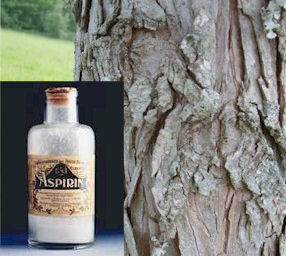“Cannabidiol (CBD) is a nonpsychoactive phytocannabinoid with anti-inflammatory activity mediated by enhancing adenosine signaling.
As the adenosine A1 receptor activation confers protection against ischemia/reperfusion (I/R)-induced ventricular arrhythmias, we hypothesized that CBD may have antiarrhythmic effect through the activation of adenosine A1 receptor.
Cannabidiol has recently been shown to suppress ischemia-induced ventricular arrhythmias…
The present results demonstrated that CBD has an antiarrhythmic effect against I/R-induced arrhythmias, and the antiarrhythmic effect of CBD may be mediated through the activation of adenosine A1 receptor.”






